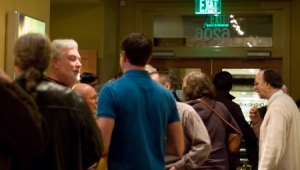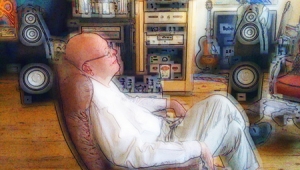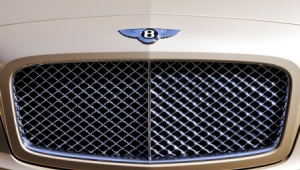| Columns Retired Columns & Blogs |
The aspect ratio problem extends into TV production, where professionals supposedly rule the roost. How many times have you watched a news broadcast and seen a panel behind the anchor showing something in the wrong shape? Or, in the middle of a program, been subjected to a video or film clip that's obviously misshapen? It's amazing that people who should know better get away with this stuff and still keep their jobs.

























